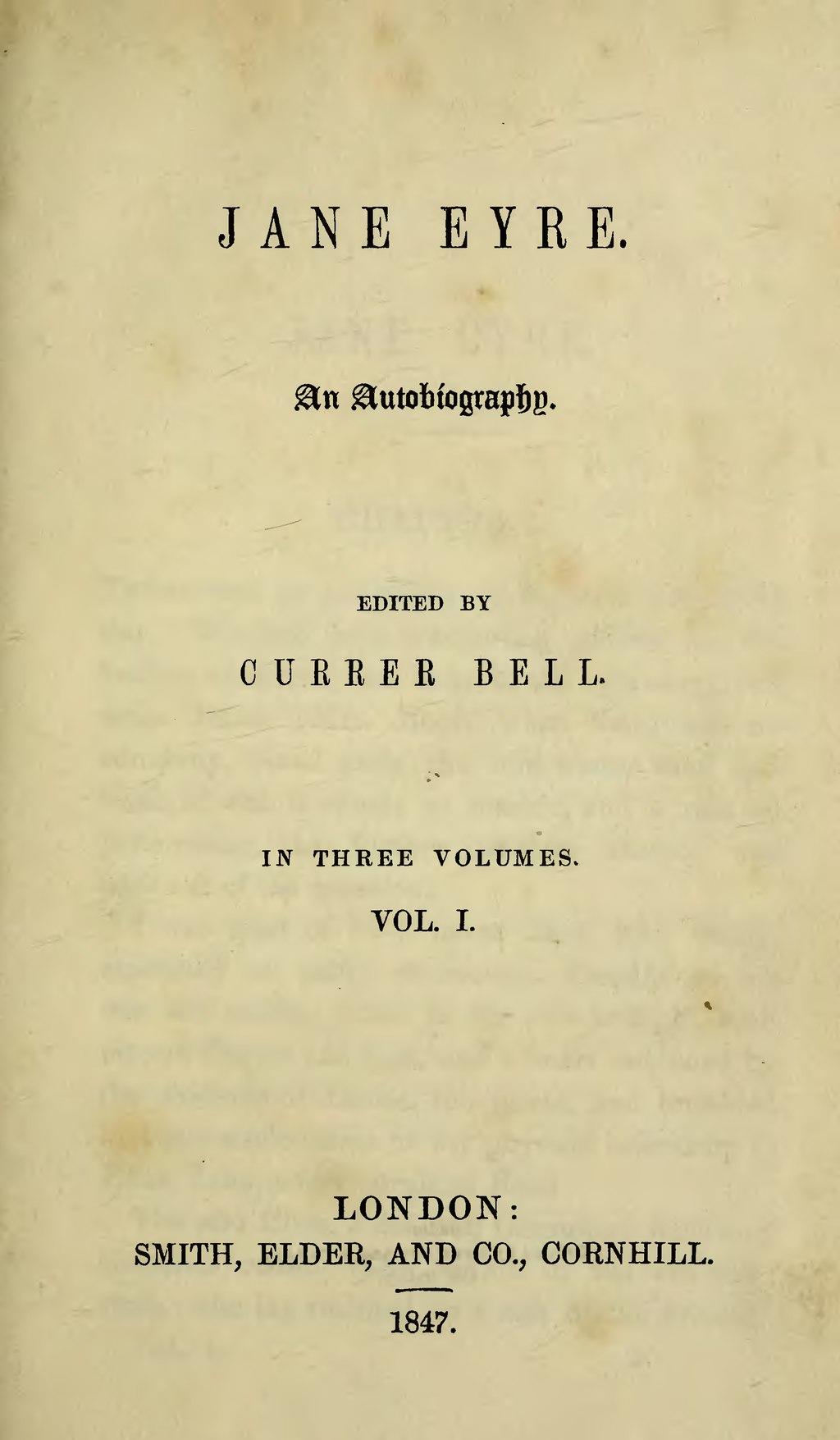
Influential female writer Charlotte Brontë's use of language has been studied for decades. Her poetic language and rich, often satirical descriptions are some amazing examples of literature at its best.
Within her masterpiece, and best-known work, "Jane Eyre," language serves as a tool, weaving intricate layers of symbolism, descriptive imagery, pathetic fallacy, and vivid imagery to immerse readers in the world of its protagonist as the story takes us through a young woman’s life and tribulations.
The book was originally published under pen name "Currer Bell" on 19 October 1847 by Smith, Elder & Co. of London, but when people realised that its author was female, it went a long way to revolutionising prose fiction and even prospects for female authors.
Let's explore some of the language that enhances this book and turns it into one of the most influential of its time.

Symbolism in Jane Eyre
Brontë employs symbolism throughout Jane Eyre to provide objects, settings, and characters with deeper meaning, enriching the story's themes and motifs.
One notable symbol is Thornfield Hall, the imposing mansion where Jane finds employment as a governess. Thornfield represents the tangled complexities of societal expectations and moral dilemmas. It is a place of both beauty and decay, mirroring Jane's own inner conflicts and the turbulent nature of her relationship with Mr. Rochester.
Even the name can be analysed. The use of the term “Thornfield” suggests “thorns” or bumps in the road, and potentially dangerous or unwanted situations.
Additionally, the red room in Gateshead Hall serves as a powerful symbol of Jane's childhood trauma and emotional confinement. The room's vivid red walls evoke a sense of danger and repression, reflecting Jane's feelings of isolation and powerlessness within her oppressive environment.
The split chestnut tree in the orchard at Thornfield Hall may provide a symbol of the marriage of Jane and Rochester. The tree is described when Rochester proposes and is prominent in this scene, and then the tree is struck by lightning and becomes split. This symbolises the marriage and the fact that it is destined for failure or “split”.
“Before I left my bed in the morning, little Adele came running in to tell me that the great horse-chestnut at the bottom of the orchard had been struck by lightning in the night, and half of it split away.”
Use of Descriptive Language
Brontë's descriptive language transports readers to the intriguing landscapes and atmospheric settings of "Jane Eyre," evoking a sense of place and mood that enhances the narrative experience. For example, consider Jane's description of the moors surrounding Thornfield Hall.
"The cold winter wind had brought with it clouds so sombre, and a rain so penetrating, that further outdoor exercise was now out of the question."
Through this evocative language, Brontë captures the bleakness of the moors, setting the stage for the emotional and psychological turmoil that unfolds within the story.
Brontë excellently uses descriptive language and a writing technique called personification to describe Lowood School and the feeling in the school. Giving death its own persona.
“While disease had thus become an inhabitant of Lowood, and death its frequent visitor; while there was gloom and fear within its walls; while its rooms and passages steamed with hospital smells.”
This helps to set the scene and provide a feeling of the building itself having a character and an impact on the tale that is unfolding. It helps the reader to gain a feeling of really being there.
Analyse this quote below and the language used, including terms like “lustrous ripple” and how they set the scene.
“While arranging my hair, I looked at my face in the glass, and felt it was no longer plain; there was hope in its aspect and life in its colour; and my eyes seemed as if they had beheld the fount of fruition, and borrowed beams from the lustrous ripple. I had often been unwilling to look at my master, because I feared he could not be pleased at my look, but I was sure I might lift my face to his now and not cool his affection by its expression. I took a plain but clean and light summer dress from my drawer and put it on; it seemed no attire had ever so well become me, because none had I ever worn in so blissful a mood.”
Pathetic Fallacy
Pathetic fallacy, the literary device whereby nature mirrors or reflects human emotions, is used masterfully by Brontë to underscore the protagonist's inner turmoil and the novel's prevailing mood. In one poignant instance, as Jane prepares to leave Thornfield after discovering Mr. Rochester's dark secret, the stormy weather mirrors her own emotional tumult.
"The west wind whispered in the ivy round me; but no gentle aerial borrowed its breath as a medium of speech: the birds sang in the tree-tops; but their song, however sweet, was inarticulate."
Here, the wind and the birdsong echo Jane's inner turmoil and the chaos of her emotions as she grapples with the revelation that threatens to shatter her world. The impact of the wind is an example of pathetic fallacy as it mirrors the character’s feelings within the environment of the scene.
Imagery
Brontë employs vivid imagery throughout "Jane Eyre" to evoke sensory experiences and enhance the reader's immersion in the narrative. One striking example is Jane's description of Mr. Rochester's enigmatic presence:
"His figure was enveloped in a riding cloak, fur collared and steel clasped; its details were not apparent, but I traced the general points of middle height and considerable breadth of chest."
Through this imagery, Brontë conveys Mr. Rochester's imposing yet mysterious presence, inviting readers to note and consider his commanding stature and enigmatic demeanour. The theme of love is a big part of Jane Eyre, as the quotes and analysis below show:
Brontë cleverly uses a theme of birds throughout the book. ‘Bewick’s History of British Birds’ features at the start of the novel, and her reading it leads to her punishment. Jane is described as being ‘caged’ in houses and other locations, and wishes to escape, to fly away, much like a bird. There are many different passages furthering this bird imagery.
“I am no bird; and no net ensnares me; I am a free human being, with an independent will; which I now exert to leave you.”
Jane Eyre stands as a testament to Charlotte Brontë's mastery of language and her ability to craft a richly textured narrative that resonates with readers across generations.
Brontë brings the world and journey of her protagonist to life, inviting readers to embark on an unforgettable literary lifetime and a novel that takes the reader through the complexities of love, identity, and redemption.













